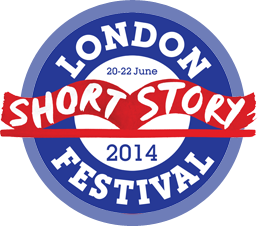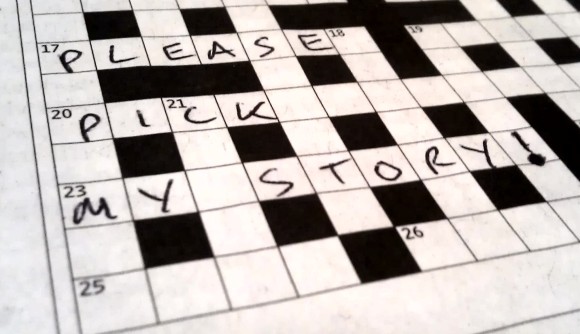
I’ve got a new story in the latest issue of Vintage Script magazine, which publishes all things vintage, historical and retro. (You can find out more and buy a copy here.)
The story is called Blue Hat for a Blue Day. I took the title from an old Nick Heyward song, but my tale isn’t based on the song – it’s about a jazz musician in 1950s Soho in London.
I was at my parents’ house recently and told my Mum I had a story coming out that was set in the Fifties. ‘The 1950s?’ she said. ‘What do you know about the 1950s? You must have stolen the story from somewhere else.’
Thanks, Mother.
I guess what she meant was: ‘Why would you want to write about a past you weren’t even a part of, and how would you go about it anyway?’
To answer the second part, it’s that old writer’s trick of researching the subject, coupled with… just making stuff up. (I know. Shocking.)
But the first part of the question is more interesting: why exactly do people write stories set in the past? Historical fiction is probably more popular now than it’s ever been, but what are the reasons?
Maybe in times of social difficulty – recession, job insecurity (or lack of a job at all), budget cuts – we like to escape into the past, which helps us forget about the present for a while.
There’s certainly a case for this in terms of TV programmes. For example, in the UK in the 1970s – during strikes, frequent electricity blackouts and three-day weeks – there were huge ratings for shows such as Upstairs Downstairs, Poldark, The Onedin Line… pure historical escapism, portraying a time when Britain ruled most of the world.
Fast-forward to these recent post-recession years and I give you Downton Abbey, Mr Selfridge and… a remake of Upstairs Downstairs.
But maybe there’s another reason: some historical stories can reflect and even comment on what’s happening in the present. Take Upstairs Downstairs again. I’d say that programme – with its ruling class upstairs and servant class below – had resonance in the 1970s when, for example, the ruling government clashed frequently with the working class unions. Just a theory.
How about a third theory, and one that I find the most interesting from a writer’s point of view. It’s a phrase: the past inside the present. I’ve no idea who coined it but it’s a good one. It sees the past and the present existing together on a continuum, constantly informing one other, in a kind of never-ending feedback loop.
So why exactly was I drawn to writing about a musician in 1950s London? Well, I saw a documentary about that particular world and it inspired me to write a story. But I’ve seen a lot of documentaries, so why did that one catch my imagination?
Let’s see… I like to play music myself. I was born in London and still live there, and I’ve always found Soho (where my story is set) a bit strange and ‘other’. The area has become far less bohemian in the past few years, but there’s still a vaguely alternative air floating around that maze of streets, a hint of past transgressions still soaked into those bricks. What writer wouldn’t be drawn to that?
But maybe there was other reason – a more metaphysical one – why I started writing the story? Perhaps my subconscious was trying to work through something, and it did this by reaching out to a past that is more connected to my present than my conscious mind can even begin to fathom.
I guess that’s the mystery of creativity, when ideas and inspiration come unbidden and you find yourself drawn to a time you have no physical memory of, yet somehow you have to write about.
Let’s give the process a name: past-modernism. Sounds about right.
Anyway, that’s quite enough of that; all this time travel is playing havoc with my little grey cells.
Till next time… see you in the present. Or is it?
*
*PUBLIC SERVICE ANNOUNCEMENT* If you’ve got a spare few minutes, give one of my short stories a go. Click on the STORIES tab and take your pick.










